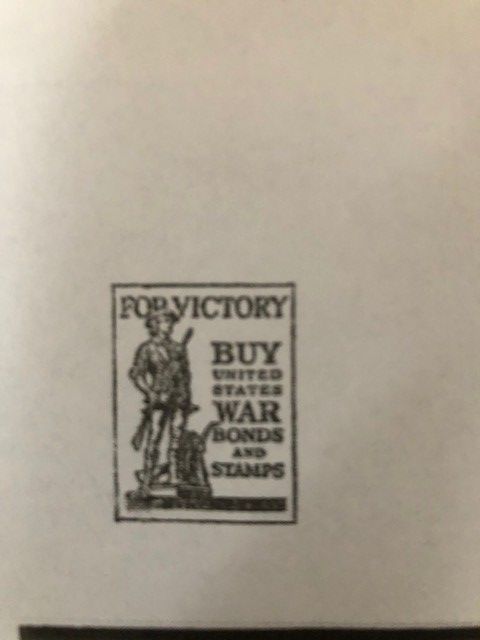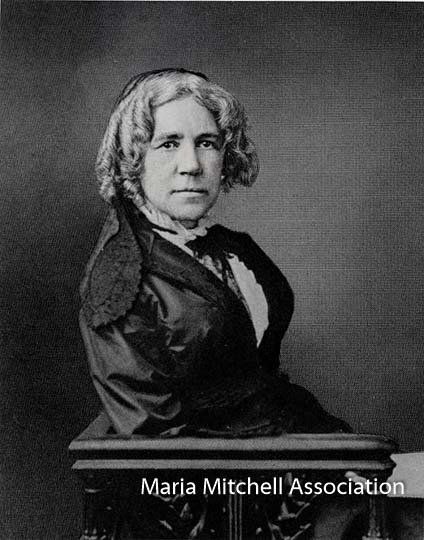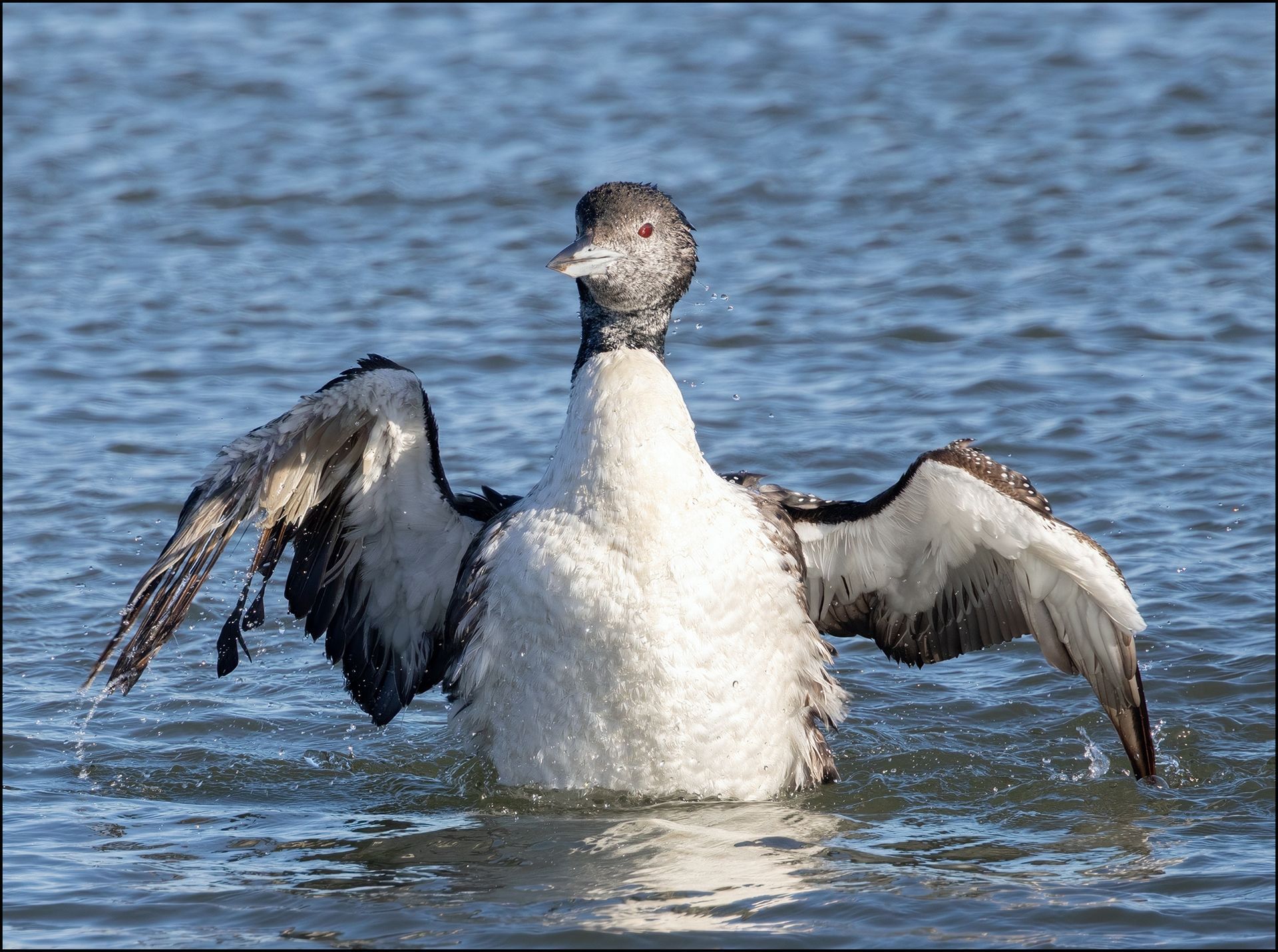Maria Mitchell In Her Own Words
Light clouds had for some time seemed to drift toward the sun; the Mississippi assumed a leaden hue; a sickly green spread over the landscape; Venus shone brightly on one side of the sun, Mercury on the other; Arcturus was gleaming overhead, Saturn was rising in the east; the neighboring cattle began to low; the birds uttered a painful cry; fireflies winked in the foliage, and when the last ray of light was extinguished, a wave of sound came up for the villages below, the mingling of the subdued voices of the multitude.
Instantly the corona burst forth, a glory indeed: It encircled the sun with a soft light, and it sent off streamers for millions of miles into space! And now it was quick work! To see what could be seen . . .
On August 7, 1869 Maria Mitchell and a party of her students, along with her sister, Phebe Mitchell Kendall, observed the total solar eclipse. Burlington, Iowa was their site – they travelled under the auspices of the US Nautical Almanac eclipse-viewing contingent. Maria receives a $100 grant to offset the costs of the trip. Congress had appropriated $5000 to the Nautical Almanac for the eclipse observation. The piece above is from an October 1869 article she wrote for “Hours at Home” and I think it gives you a wonderful sense of Maria and the total eclipse when it reached totality. This was not a science magazine but a popular one she was asked to write a piece for – she would also, of course, contribute her findings to the US Naval report that all those scientists observing officially reported to. However, one thing to note is that Maria’s party was the ONLY women-only eclipse observing party.
Her students were handpicked for their experiences computing eclipses and her sister was there to sketch, draw, and paint the eclipse – she was an artist. What a statement for America’s first woman astronomer, founding member of the Association for the Advancement of Women, first woman member of the Association for the Advancement of Arts and Sciences, and a strong and active women’s rights proponent.
Happy Eclipse Viewing (especially for those in the path of totality)! Please do so safely!
JNLF
Recent Posts




